When you see the word “natural” on a food label, it is often used to imply that the food is healthy, free of preservatives and chemicals, and generally wholesome. In reality, the use of this term is quite far-fetched. In the retail world, the word “natural” is allowed on a label as long as there are no synthetic ingredients in it. For example, if peanut butter and chocolate contain lard, then by definition the product is considered natural, and it does not necessarily have to be healthy, it just is not synthetic. So how do you know what “natural” really means?
It turns out that there are many things and products in the world that we consider natural and organic only because we are used to them, although in fact this is not the case.
10. Farmed salmon does not have natural color.
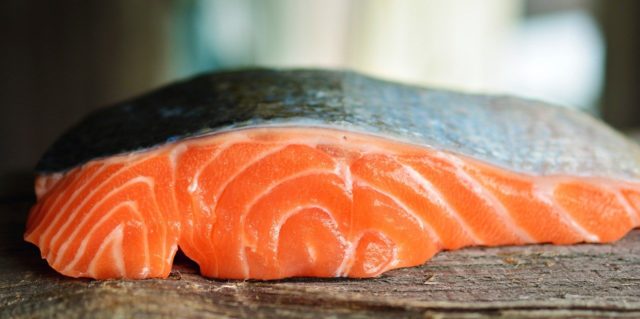
Salmon is the second most popular seafood in America after shrimp. It’s even more popular than tuna. Americans eat a staggering 918 million pounds of the stuff each year. Because salmon is so popular, it’s impossible to catch a whole salmon in the wild. Farmed salmon has been a popular alternative for decades, and 70% of all salmon eaten worldwide is farmed.
While there is nothing wrong with farmed salmon, assuming it is done responsibly and ethically, there are still some noticeable differences between it and wild-caught salmon. For example, color. If you have farmed salmon that has the characteristic orange-pink color you expect from salmon, it is not technically natural at all. Salmon color is natural to wild salmon.
Wild salmon eat krill and shrimp, which contain astaxanthin, a natural red pigment. Just as flamingos, which we'll talk about shortly, get their pink color from eating shrimp, so do salmon. But farmed salmon rarely eat a diet rich in shrimp and krill; they eat a kind of kibble that keeps them alive and provides essential nutrients. It's made from fish, as well as soy, corn, and other fillers. But they also add artificial astaxanthin.
Naturally farmed salmon will have grey flesh, but no one wants to eat that. So they add astaxanthin to change the colour and make it look “real”. The fish is healthy on a farmed diet and you still get the nutrients when you eat it, but the colour is added to make it more convincing to the consumer.
9. Broccoli does not occur in nature, it is artificially created.
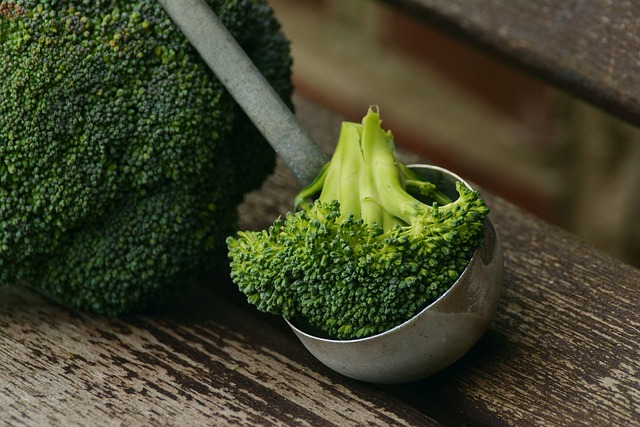
When we think about natural food and unnatural food, we might think of a Twinkie as an example of something unnatural, while healthy green broccoli is natural. But we need to ask again what natural means in this case. Broccoli never occurred naturally in nature, it is the product of determined Italian farmers tinkering with wild cabbage.
The vegetable was created through selective breeding that dates back to the 6th century BC in Rome. The process of turning wild cabbage into broccoli was long, but not unusual in the world of agriculture.
Farmers would grow plants and find plants with desirable traits. In the case of broccoli, it would likely be plants with thicker stems, more flowering buds, and a less bitter taste. They would ignore the other plants and take the seeds of the more desirable plants to plant the next crop. If you continue to pollinate only the desired plants and grow their seeds, you can direct the plant's genetics toward your goal of a tastier, stronger vegetable.
8. Lemons are a hybrid and did not exist in nature before.
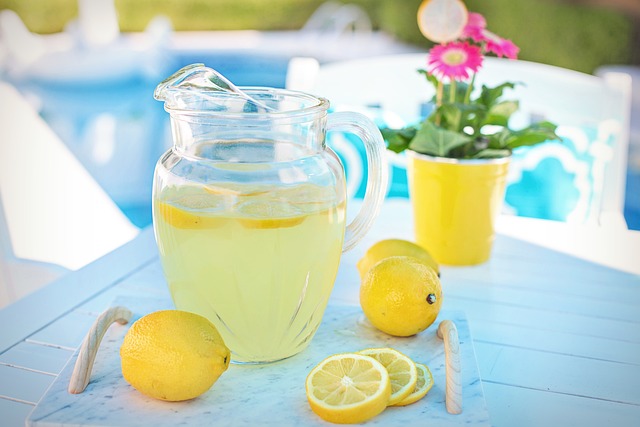
Speaking of sneaky farmers, the humble lemon is an absolute kitchen staple, used around the world to add brightness, acidity and vibrant colour to many dishes. It works with both sweet and savoury flavours, and can be added to meats, fish, vegetables and even dairy products, drinks and desserts. Around 21 million tonnes of lemons and their green sidekicks, limes, are produced each year.
Citrus fruits appear to have evolved in the wild about 8 million years ago. Because of the similarities between citrus varieties, they can be crossbred to produce new fruits, just as apples can be modified and bred to produce new varieties.
Long ago, a pomelo and a mandarin were crossed to produce a sour orange. This sour orange was crossed with a citron, and the result was the sour yellow citrus we call a lemon. The difference here, presumably, is that this was a natural hybrid, not one forced by farmers. The plants probably grew in abundance near each other, the trees cross-pollinated, and new fruits were produced.
So, if it is a natural hybrid, you can certainly consider lemons as natural as broccoli, but as with broccoli, if circumstances had not been what they were, the lemon would never have existed.
7. Flamingos are not pink by nature.

The one thing everyone in the world knows about flamingos is that they're pink. Tall, skinny, kind of weird? Sure. But pink. They make hideous lawn ornaments just to get the point across. But like our friend the salmon, all is not as it seems. Flamingos are naturally whitish-gray.
Flamingos eat foods rich in carotenoids, natural pigments found in living things like carrots, shrimp, and algae. The shrimp eat pigment-rich algae, and the birds eat both algae and shrimp, doubling their colorful diet.
When flamingos eat foods rich in beta-carotene, their livers absorb it, and it eventually spreads throughout the bird's body to its feathers. Their diet consists almost entirely of beta-carotene-rich foods, so they absorb enough of it to give their skin and feathers a pink hue. The more they eat, the darker they become, so some flamingos may be just a pale pink, while others may be a deep, rich, almost red color.
6. The cheese is not orange in color.

The world produces over 22 million tons of cheese a year. With eight billion people in the world, that means we produce 5.5 pounds of cheese per person per year. Do you eat five pounds of cheese a year? Because that’s your share. If you’re an American, statistics say you eat about 41.8 pounds a year. That’s a heck of a lot of cheese. There’s a good chance it’s good old orange cheddar, too. But that cheddar isn’t real.
Annatto, a dye derived from fruit, is often added to cheese to give it an orange color. It is added because it does not change the taste but does change the color, and this was once a desired result.
In England in the 16th and 17th centuries, there was apparently some demand for yellow milk. Cows raised on certain pastures grazed on plants containing the same carotenoids we had seen earlier in flamingos and salmon. This made the milk richer, yellower, and more flavorful.
In winter, when they had to eat whatever was available, the milk was whiter and less desirable. To compensate, farmers added annatto, turning the milk and resulting cheese yellow or orange.
Farmers also realized that the real money was in the fat. They could skim off the fat, which retained its color, and make money by selling it as butter or cream. Annatto was then added to the pale skim milk to make it appear rich again when it was made into cheese. They were essentially committing fraud by presenting their cheese as something other than what it really was, to make it appear high-quality, and likely making a higher profit as a result.
5. Chickens never existed in the wild.
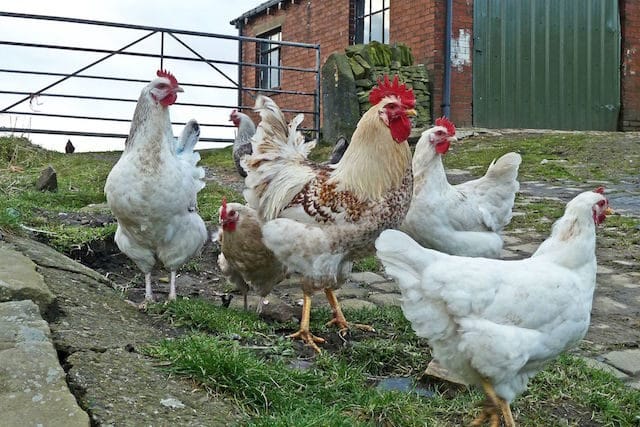
Have you ever seen a wild chicken? Keep in mind that a chicken that has broken free and run into the woods is not a wild chicken, it is a feral chicken. Like pugs and other animals that humans have bred for generations, chickens are not truly wild animals and never have been. They had ancestors, but we bred them into something new that never existed in the wild.
Modern chickens evolved from wild birds. Archaeologists have worked incredibly hard to trace the origins of chickens because their bones are difficult to fossilize. They have found that chickens watch rice.
Where rice was grown, chickens appeared. It is believed that rice lured the chickens' wild relatives out, and they became accustomed to humans, who eventually domesticated and bred them. This first happened about 3,600 years ago in Thailand, then slowly spread through Asia, the Middle East, and finally to Europe 2,800 years ago.
Earlier theories suggested that the domestication of chickens occurred much earlier, around 8,000 years ago, but this does not match the evidence.
4. Sleeping for 8 hours straight is unnatural

Most of us have heard that we need 8 hours of sleep per night to get good rest. This idea has no historical significance, and it doesn’t seem to be a natural sleep cycle at all. Biphasic sleep is more natural and involves two periods of sleep per day, rather than one. The idea is that you sleep for a short time during the day and a longer time at night, but never sleep in just one eight-hour cycle.
In one experiment, subjects slept naturally for three to five hours, then woke up and performed various tasks for a couple of hours, then slept again for another three to five hours. The same pattern can be seen in various animals and in pre-industrial societies where people had no access to artificial light.
It's thought that this type of sleep, where you wake up and then go back to sleep, had advantages in the distant past, when you were vulnerable to predators and couldn't afford to pass out for eight hours at a time.
3. Lactose tolerance is unnatural

If you're lactose intolerant, chances are it's made you feel like there's something wrong with you. In truth, that's looking at it backwards. Lactose intolerance is statistically not the norm at all.
About 68% people in the world are lactose intolerant. This is not the norm even in the rest of the mammalian world, where animals no longer drink milk after weaning and are poorly equipped to digest it as adults because they no longer produce lactase to do so.
Essentially, humans have forced themselves to tolerate lactose as well as they do now. Evidence shows that Europeans weren't having a good time with milk until 5,000 years ago, but around that time a mutation arose that allowed them to digest it and spread it throughout the population. Most likely, things like disease and famine put pressure on survival, and those who couldn't digest lactose died out, leaving behind only those who could.
2. Brown sugar is not natural.

Have you ever heard that brown sugar is healthier than white sugar? Sometimes it is claimed that white sugar is too highly refined or bleached or something like that to make it an unhealthy type of sugar compared to brown sugar, which is supposedly more natural in some way. Oddly enough, the opposite is true.
Brown sugar is refined in the same way as white sugar. For good reason – exactly the same. It starts out as white sugar, and then molasses is added to make it darker in color and change the flavor. But this is by no means the natural state of sugar, and it is certainly not healthier. It simply offers a different flavor profile.
1. Cats meow exclusively for humans.

How often does your cat meow at you? How often have you seen a video of a cat meowing about something and wondered what it was saying? Research shows that your cat is actually saying something, but only for your benefit. Cats naturally don’t meow that often unless a human is listening. They do it for us.
In the wild, cats communicate by marking their territory. Most are not pack animals, and even those that are do not require vocal communication. Vocalization requires close contact, but scent markers are more effective for cats. Kittens meow at their parent cats until they are old enough to become independent, and then this usually stops. But cats will meow at humans throughout their lives.
Anyone who has a cat will probably joke that their cat can be manipulative, and that's partly true. Once domesticated, they developed vocal communication to get our attention because scent marking doesn't tell us much.

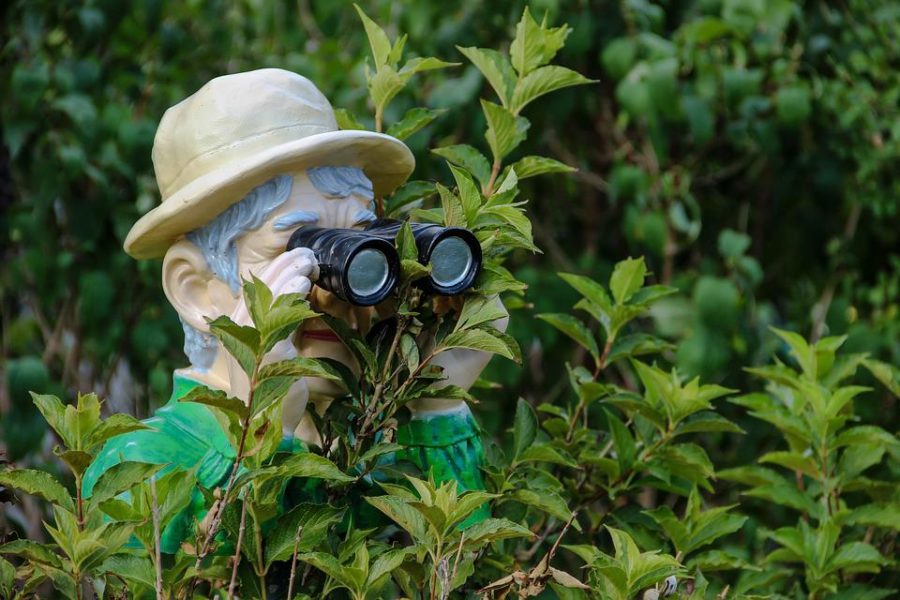
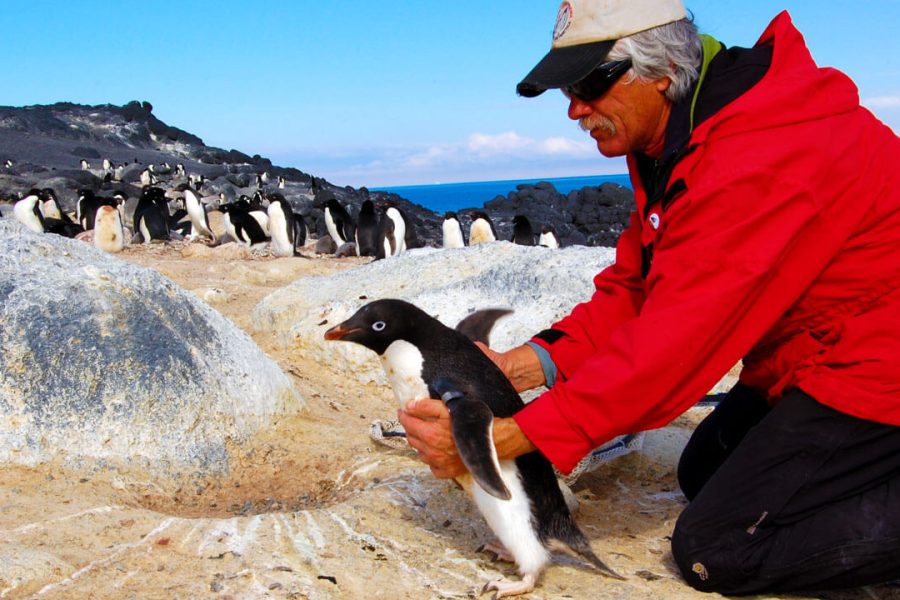










Оставить Комментарий